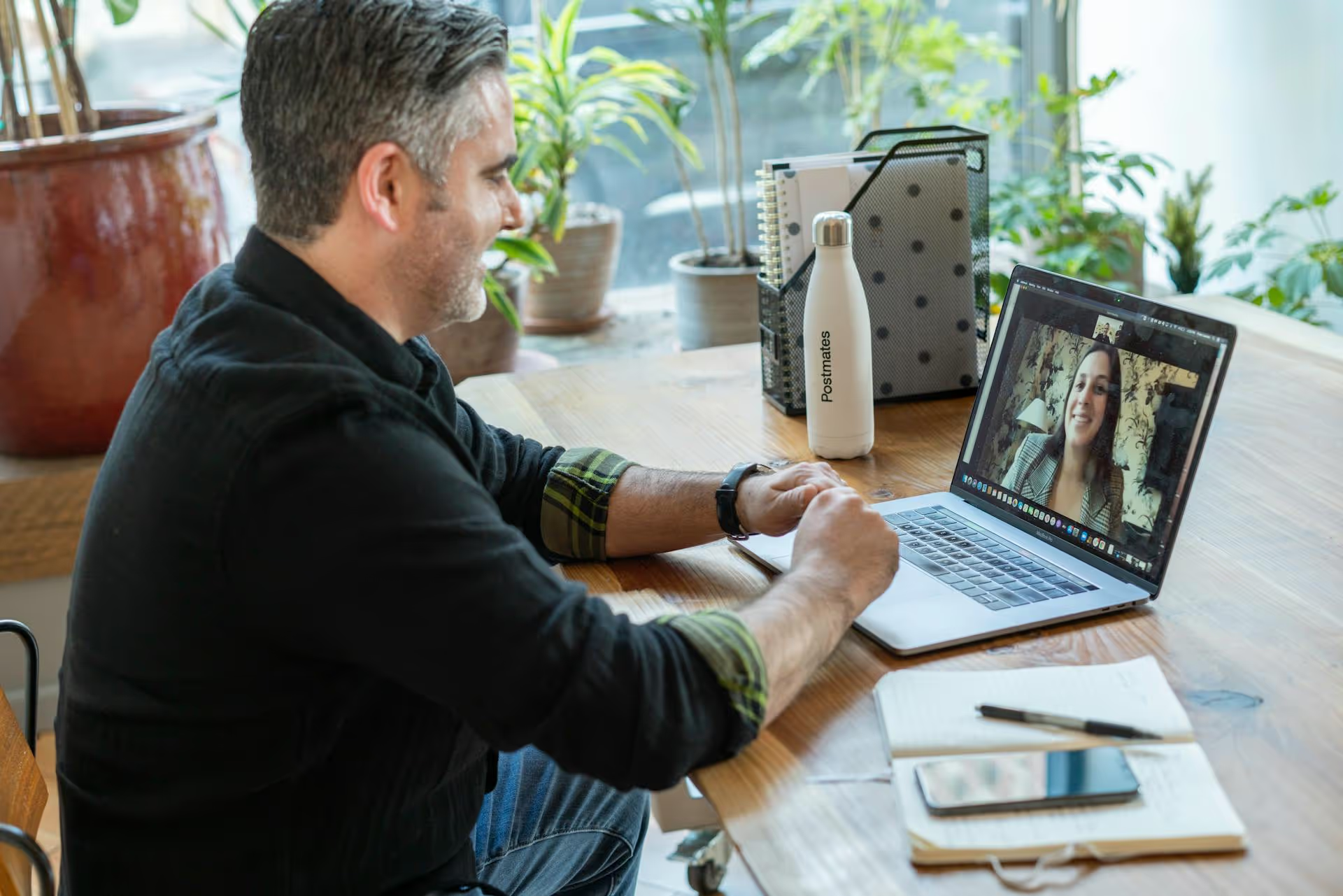How to Add Social Media Icons to an Email Signature
Enhance your email signature by adding social media icons. Discover step-by-step instructions to turn every email into a powerful marketing tool.

Tagging people or companies on LinkedIn is more than just a notification - it's a digital handshake that amplifies your message, gives credit where it's due, and builds meaningful relationships. Done right, a simple @mention can transform a good post into a great one by pulling key players into the conversation. This guide will walk you through exactly how to tag on LinkedIn, the strategies behind effective tagging, and the common pitfalls to steer clear of.
Before getting into the "how," it's worth understanding the "why." A well-placed tag is one of the most powerful organic tools on the platform. It's not about gaming the algorithm, it's about making your content more human and interactive.
The technical process of tagging on LinkedIn is straightforward, whether you're on a desktop or the mobile app. The function works the same way in new posts, comments, or even in LinkedIn Articles.
Tagging a person links their name directly to their profile, notifying them that you've mentioned them. This is perfect for shouting out a colleague, quoting an expert, or congratulating a connection.
Pro-Tip: To keep your post looking clean and conversational, you can often remove a tagged person's last name. After selecting the full name (e.g., @Jane Doe), place your cursor right after the first name and press backspace. In many cases, the tag will remain active but will only display as @Jane.
Tagging a company is almost identical to tagging a person. It's a great way to talk about your employer, a client, a tool you love, or a brand whose content you're sharing.
Knowing how to tag is easy. Knowing when and why to tag is what separates social media pros from novices. Spurious tagging can make you seem spammy and can even hurt your reputation. Here’s how to do it right.
The golden rule of tagging: only tag people and companies that are directly relevant to your content. A tag without context is just noise. People can remove tags, and if you continually tag people irrelevantly, they'll start to ignore your content altogether.
Don’t just drop a tag in a post and move on. Explain why you are tagging them. Frame the mention in a way that provides value to your audience. Instead of just networking with the tagged person, you're clueing your audience into why that person or company matters.
For instance, rather than saying "Check out this article by @HubSpot," try something more engaging: "Struggling with your email open rates? This guide from @HubSpot has some actionable tips on subject lines that I'm putting into practice this week. Tip #3 was a real eye-opener."
One of the best uses for tagging is public appreciation. This builds goodwill and strengthens your professional network in a genuine, non-transactional way.
LinkedIn allows you to tag up to 30 people or pages in a single post, but you should aim for far fewer. A post with a novel-length list of tags at the end looks desperate and significantly dilutes the impact of each mention. One to three highly relevant tags is often far more effective than ten "maybe-they’ll-see-it" tags.
Even with a simple feature, things can sometimes go sideways. Here are a few common issues and how to fix them.
If the dropdown menu isn't showing who you're looking for, try these fixes:
It’s easy to remove a tag, whether it’s from your own post or a post someone else has tagged you in.
Mastering the humble @-tag is a small skill with an outsized impact on your LinkedIn presence. It transforms static content into a conversation, expands your organic reach, and strengthens the professional relationships that truly matter. When used with purpose and clear context, tagging is an authentic way to build community and show that you're an active, engaged member of your industry.
We know that managing all these details across multiple platforms - from planning content to having meaningful conversations with people who comment - can become a lot to handle. That’s why we built Postbase from the ground up to simplify these exact workflows. With our powerful scheduling, centralized inbox for all your comments and DMs, and clear analytics, you can spend less time juggling tabs and more time building your brand effectively.
Enhance your email signature by adding social media icons. Discover step-by-step instructions to turn every email into a powerful marketing tool.
Learn how to add your Etsy link to Pinterest and drive traffic to your shop. Discover strategies to create converting pins and turn browsers into customers.
Grant access to your Facebook Business Manager securely. Follow our step-by-step guide to add users and assign permissions without sharing your password.
Record clear audio for Instagram Reels with this guide. Learn actionable steps to create professional-sounding audio, using just your phone or upgraded gear.
Add translations to Instagram posts and connect globally. Learn manual techniques and discover Instagram's automatic translation features in this guide.
Optimize your Facebook Business Page for growth and sales with strategic tweaks. Learn to engage your community, create captivating content, and refine strategies.
Wrestling with social media? It doesn’t have to be this hard. Plan your content, schedule posts, respond to comments, and analyze performance — all in one simple, easy-to-use tool.